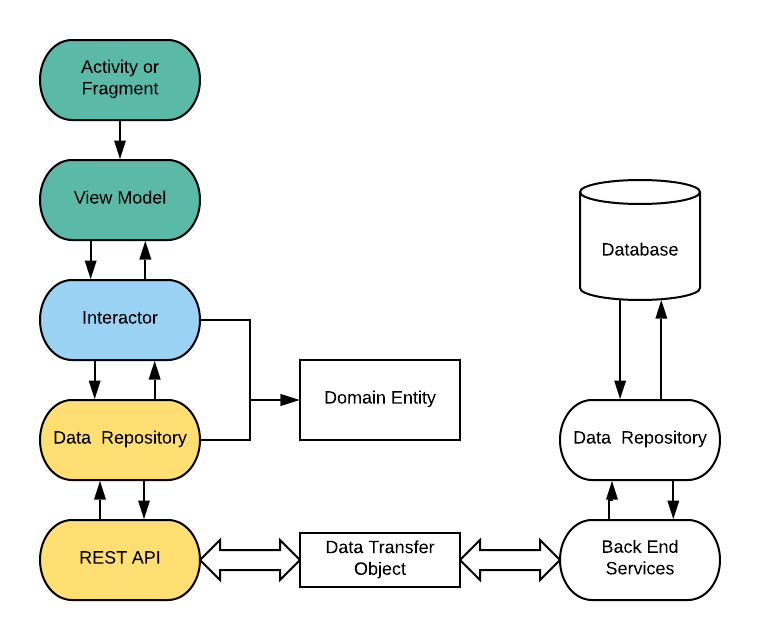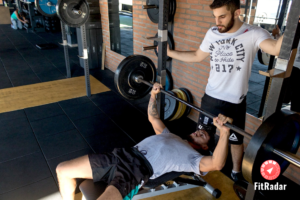Fitness is not an option, it’s a choice! FitRadar is a new free app to find the best personal trainer or sports event in your local area, in any sport. Fitness is closer than you think.
Visit our website and join the waiting list: http://www.fitradar.me/
Our app is coming soon!


